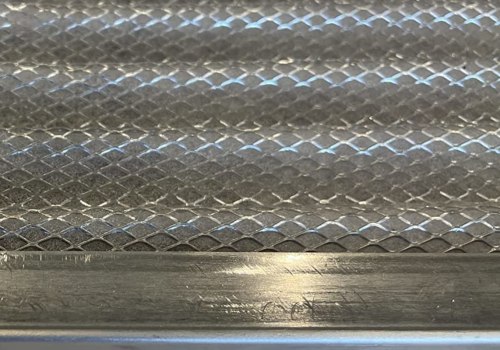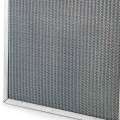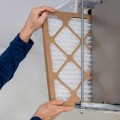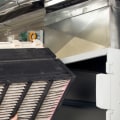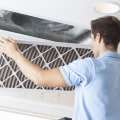In a nutshell, MERV 16 filters aren't the best choice for most homeowners. Instead, they are better off with MERV 13 or, in some cases, even lower. A MERV 16 rating is one of the highest possible ratings for air filtration systems. These filters have fibers packed close together, trapping almost as much as a HEPA filter.MERV 16 indicates that it can remove particles from 0.3 to 1 micron in size with ease.
A MERV 5 filter will trap up to 34%, the MERV 6 will stop 35-49%, the MERV 7 will prevent up to 69%, and the MERV 8 will trap up to 85% of the particles. All air furnaces and central air conditioning units can handle MERV 16 filters; however, since they tend to be quite deep compared to traditional filters, the installation of a dedicated aftermarket housing is required, which is not always feasible. In terms of their filtration efficiency, MERV 13 filters perform very well when dealing with household dust and some allergens; however, their performance is less than one micron.
MERV
, which stands for Minimum Efficiency Report Value, is a measure of how well a filter removes particles from the air. The Minimum Efficiency Report Value (MERV) rating for an air filter measures how effectively the filter prevents dust and other contaminants from passing through the filter into the air stream.Filters in the MERV 5-8 range can also trap particles with a size of 3.0-10.0 microns, but are more efficient in doing so. Both claim to be based on the American Society of Heating, Refrigeration and Air Conditioning Engineers ASHRAE 52.2 standard used to establish MERV ratings, but neither company offers an easily accessible explanation of how their own ratings differ or compare to MERV.Basically, the higher the MERV rating, the greater the air filtration capabilities of a particular filter. It is a well-built system with an M-configuration (four zigzag filters), which allows air to flow more easily through the filter. In general terms, there is a direct correlation between pressure drop and MERV rating (the higher the MERV, the greater the pressure drop) when the filters being compared share the same dimensions, depth, and pleat architecture.
In actual use, with the air in your home constantly recirculating through the ducts and passing through the filters each time, the cumulative effect of the filters increases.Smoke particles tend to be very small, with a size range close to the wavelength of visible light (0.4-0.7 microns) and MERV 16 filters offer best-in-class performance in that particle size range. Filters with higher MERV ratings trap small particles more effectively than filters with lower MERV ratings.In conclusion, while MERV 16 filters are capable of trapping small particles such as smoke particles with ease, they are not ideal for most homeowners due to their deep size and need for an aftermarket housing for installation. Homeowners are better off with MERV 13 or lower rated filters for their air filtration needs.


